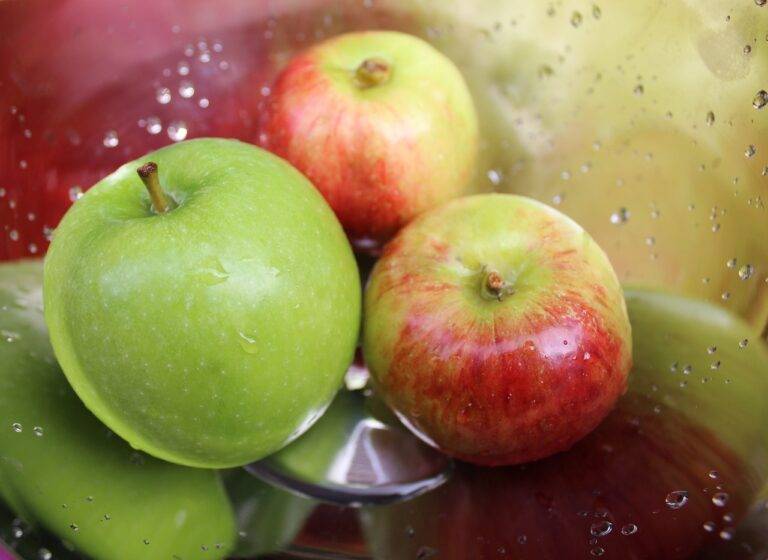Sustainable Food Packaging: Innovations and Challenges
Biodegradable packaging materials are continuously evolving to meet the increasing demand for sustainable solutions in the packaging industry. With the detrimental impact of traditional plastics on the environment becoming more apparent, there has been a surge in research and development efforts to create biodegradable alternatives.
Innovations such as bio-based plastics, compostable materials, and edible packaging have been introduced to address the environmental concerns associated with non-biodegradable packaging. These materials are designed to break down naturally, reducing the accumulation of plastic waste in landfills and oceans.
The Impact of Eco-Friendly Packaging on Food Industry
Eco-friendly packaging in the food industry holds significant potential for reducing the environmental impact of packaging waste. As consumer awareness and demand for sustainable products continue to rise, businesses in the food industry are increasingly adopting biodegradable packaging materials. This shift towards eco-friendly alternatives not only aligns with corporate social responsibility goals but also presents opportunities for market differentiation and enhanced brand reputation.
The use of biodegradable packaging in the food industry also contributes to addressing global plastic pollution concerns. By choosing materials that are compostable or easily recyclable, companies can play a proactive role in minimizing plastic waste that ends up in landfills and oceans. As the food industry navigates the challenges of sustainability, embracing eco-friendly packaging practices can lead to long-term benefits for the environment and society as a whole.
Challenges in Implementing Sustainable Packaging Solutions
Implementing sustainable packaging solutions in today’s market is not without its challenges. One major hurdle companies face is the higher costs associated with eco-friendly materials compared to traditional packaging options. The initial investment required to switch to sustainable packaging can deter some businesses, especially smaller ones, from making the transition.
Additionally, the lack of standardized regulations and guidelines for sustainable packaging can create confusion and inconsistency within the industry. Companies may struggle to determine what constitutes as truly sustainable packaging and how to properly label their products to accurately inform consumers. This ambiguity can pose a barrier to widespread adoption of eco-friendly packaging practices.





